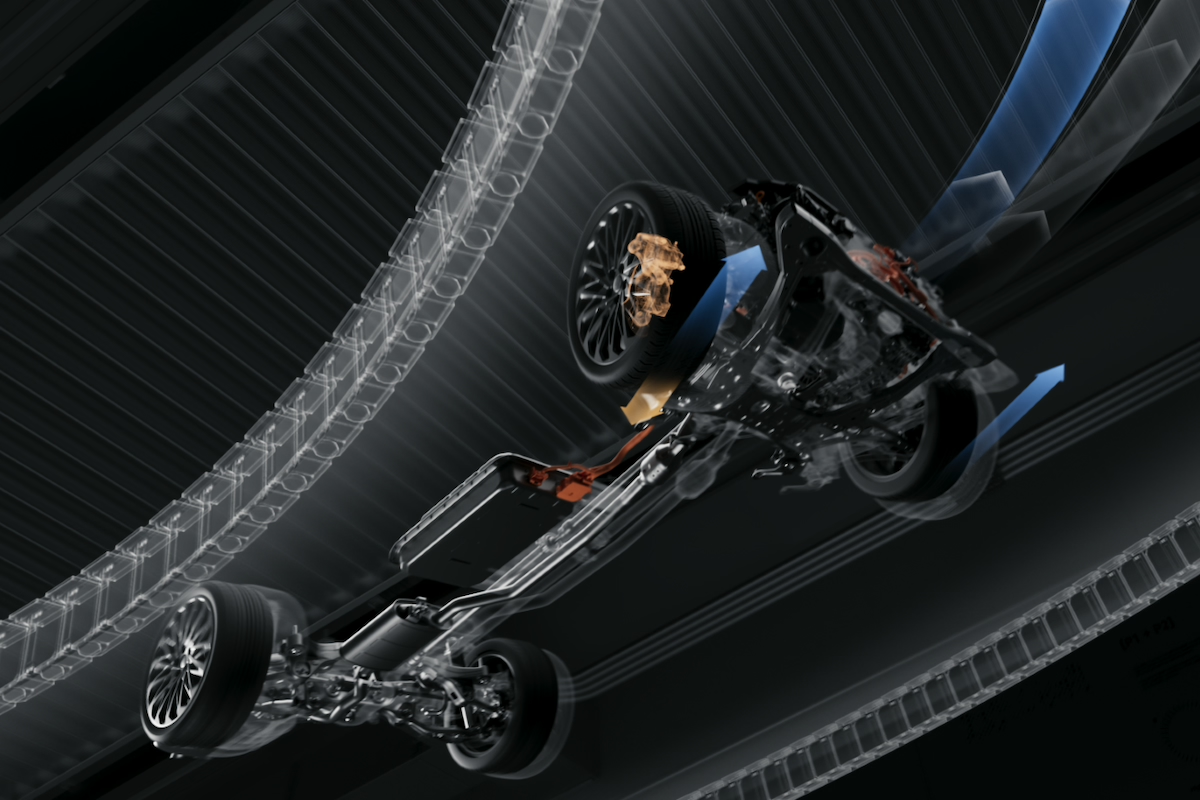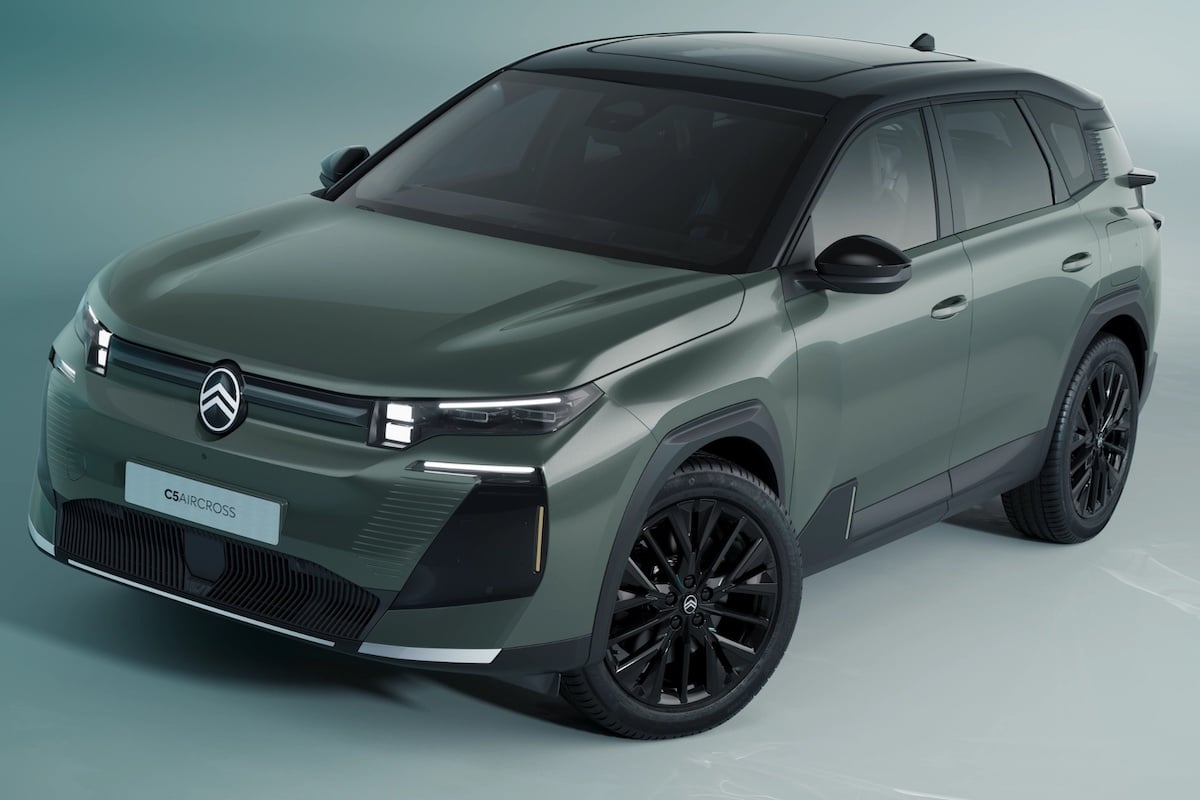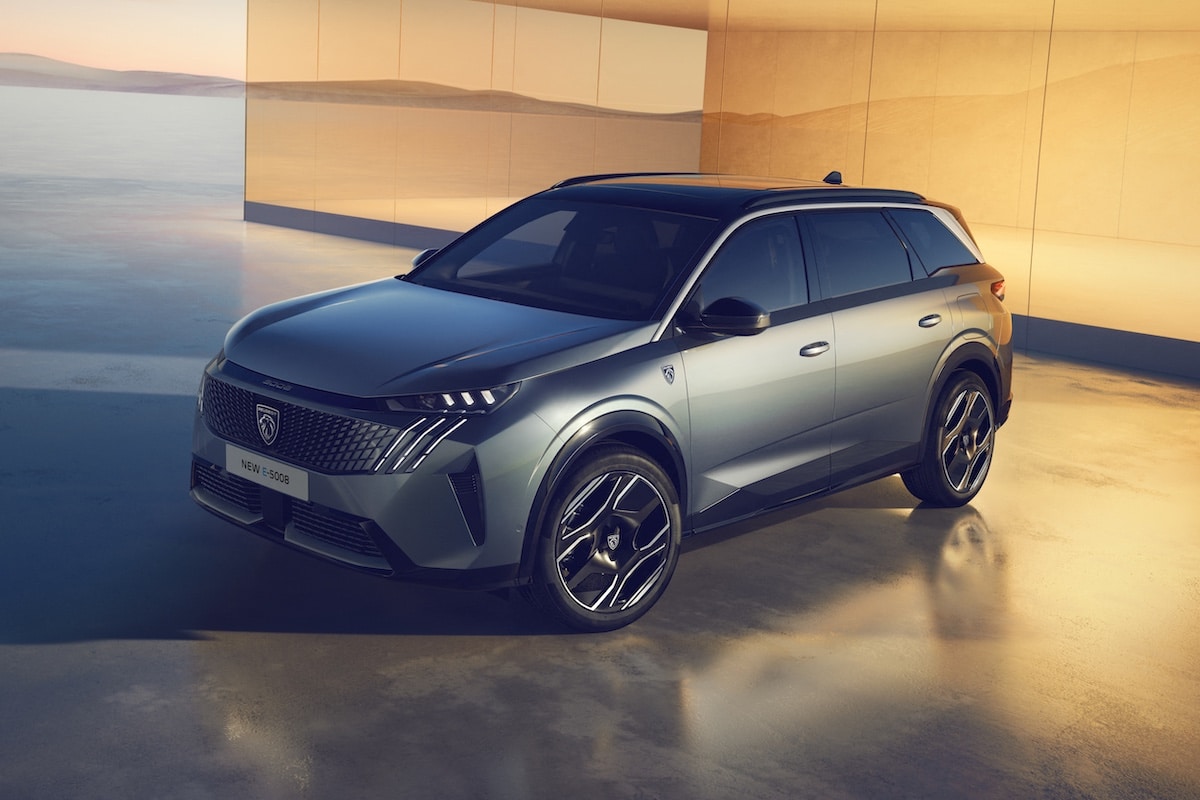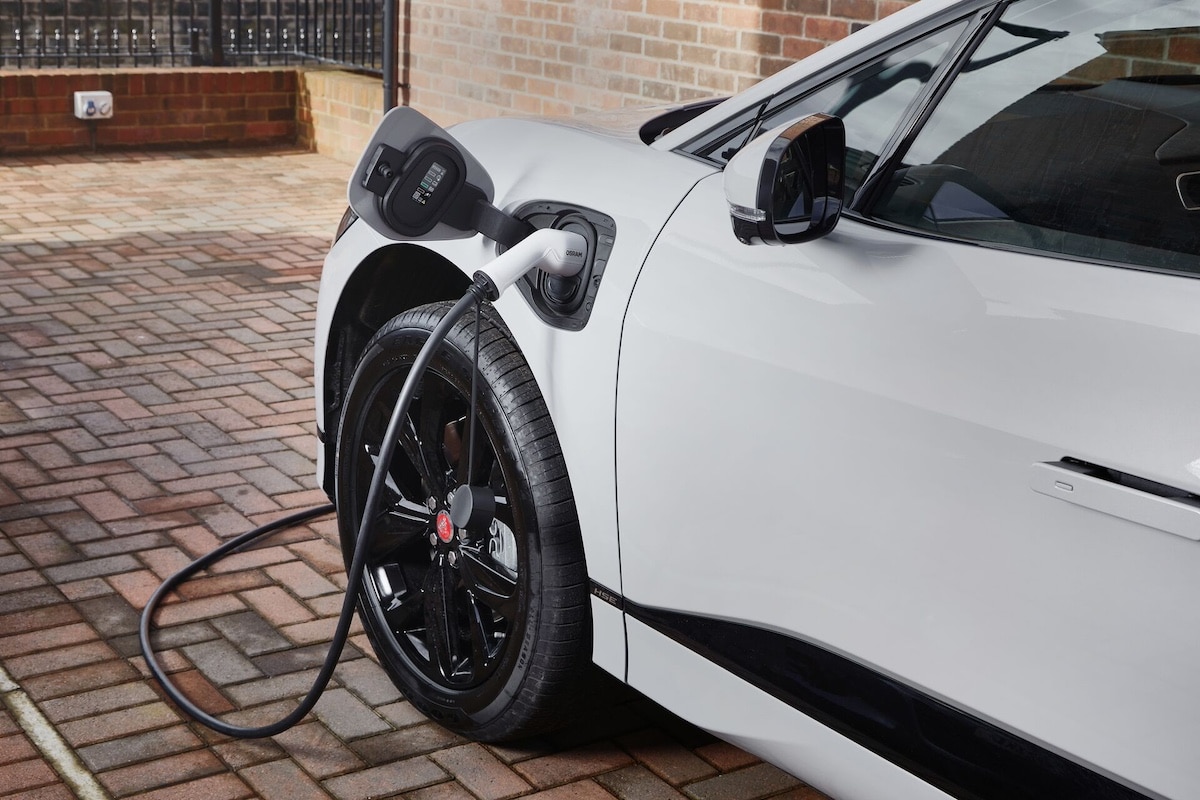Hyundai Pushes the Boundaries of Hybrid Technology

Hyundai has unveiled its next-generation hybrid system, setting a new benchmark in power and efficiency.
This innovative hybrid system integrates advanced electrification technologies to improve driving performance, energy efficiency, and comfort, across a wide range of vehicle classes.
The centerpiece of this development is a new transmission featuring two electric motors. The P1 motor handles tasks such as starting, energy generation for the battery, and assistive propulsion, while the P2 motor manages driving and regenerative braking. This dual-motor system ensures smoother gear shifts, reduced noise, and overall improved handling. Additionally, it is designed to flexibly couple with various internal combustion engines, offering power outputs from as low as 100 hp up to 300 hp. This versatility makes it suitable for applications ranging from small compact cars to large SUVs.
Two Electric Motors
The first iteration of this hybrid system debuts in the Hyundai Palisade, equipped with a 2.5-liter turbocharged gasoline engine. This engine benefits from a 2.9% increase in efficiency thanks to optimized thermodynamic cycles and improved fuel injection strategies. When combined with the P1 motor, this powertrain minimizes energy losses and achieves a maximum efficiency of 14.1 km/l, while delivering 334 hp and 460 Nm of torque. This represents a 45% improvement in energy efficiency, a 19% increase in power, and a 9% boost in torque compared to traditional 2.5-liter turbo gasoline engines.

The new generation hybrid lineup also includes a newly developed 1.6-liter turbo hybrid powertrain, offering improved energy efficiency and enhanced acceleration. This system features advanced characteristics such as Active Shift Control for quicker, smoother gear changes, along with innovations that enhance engine refinement and interior comfort.
To further elevate the driving experience, Hyundai has integrated cutting-edge electrification technologies such as “Stay Mode,” Vehicle-to-Load (V2L) functionality, and Smart Regenerative Braking. Stay Mode allows for the use of vehicle equipment without starting the engine, while V2L provides up to 3.6 kW of external power for charging devices. Smart Regenerative Braking adjusts braking force based on navigation data and road conditions, maximizing energy recovery.
Hyundai plans to extend its hybrid offerings to a broader range of vehicles, from compact models to luxury sedans under the Genesis brand. By 2026, the group aims to introduce a rear-wheel-drive 2.5-liter turbo hybrid system, demonstrating its commitment to advancing hybrid technology and providing eco-friendly, high-performance vehicles tailored to diverse markets.
ALSO READ: Genesis unveils two flagship models in Seoul
This page is translated from the original post "Hyundai repousse les limites de l’hybride" in French.
We also suggestthese articles:
Also read






